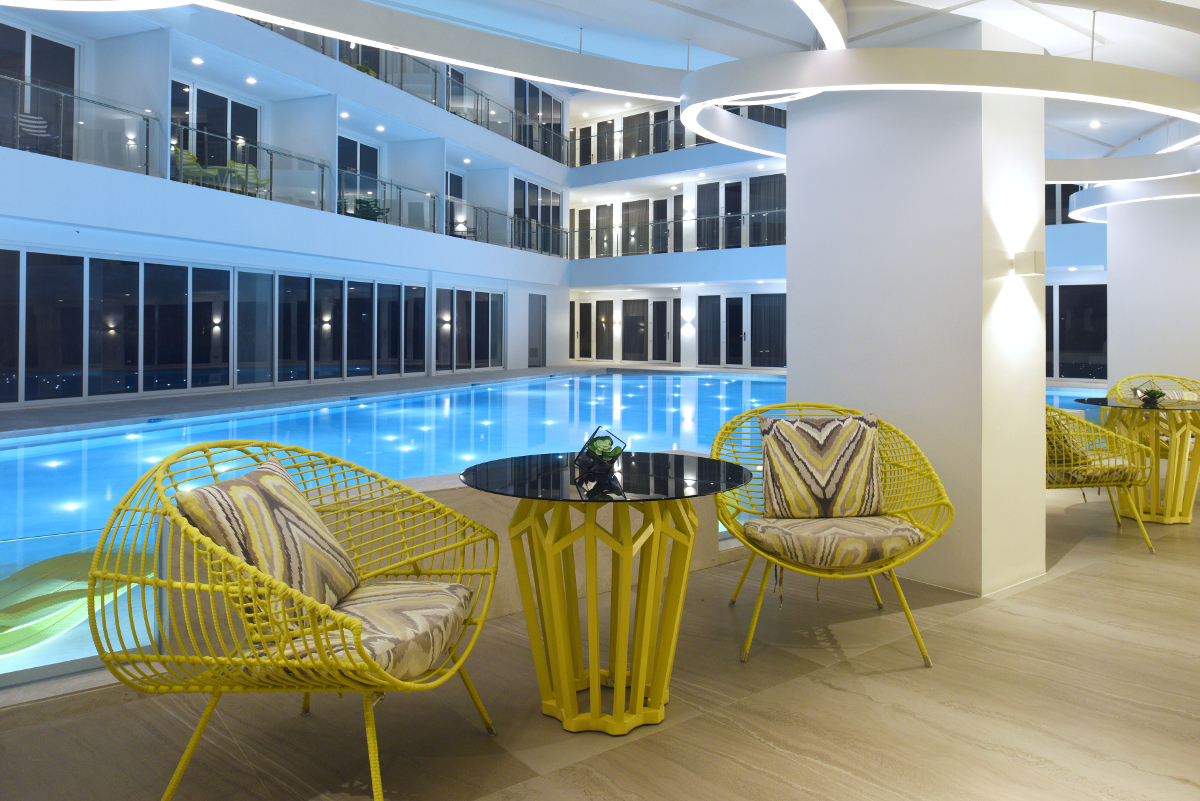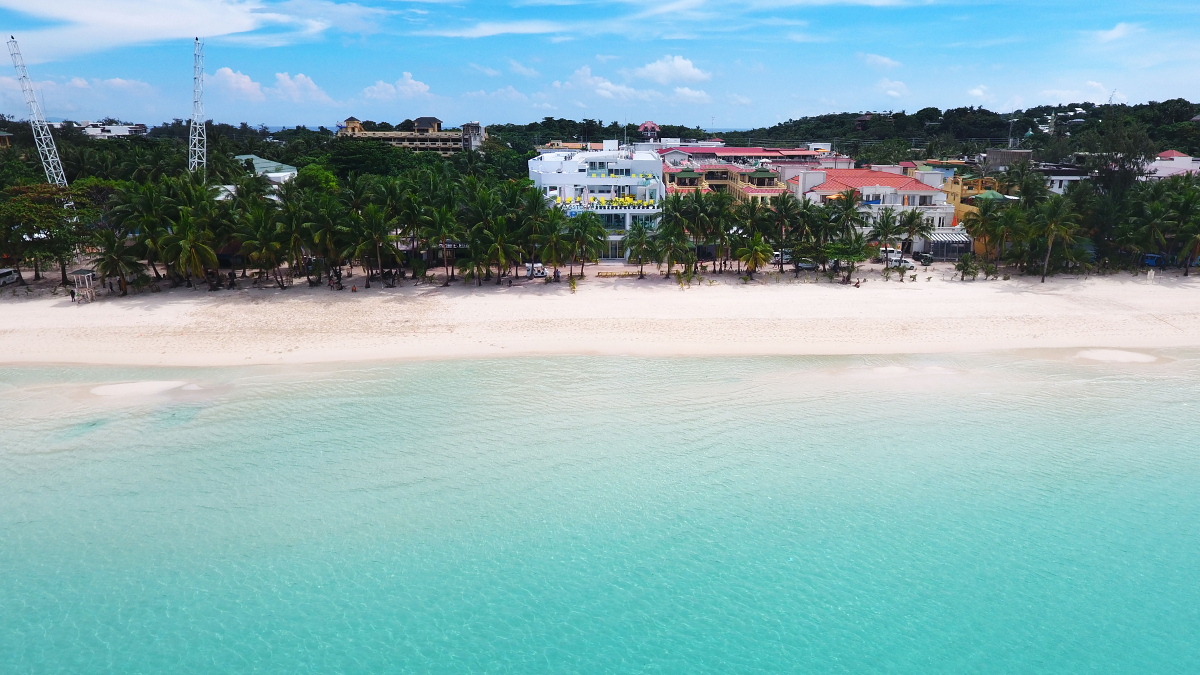
When the Philippines first welcomed tourists back to the newly-reopened island of Boracay in October last year, it experienced the ultimate lesson in balancing development and protecting the environment.
The lessons learned from Boracay’s six-month closure on issues with overuse and rising pollution due to improper waste management could also be applied to other island destinations around the world.
For many of the hotel operators on Boracay, the April 2018 closure of the island provided a number of operational challenges.
For leading holiday ownership company Astoria Vacation and Leisure Club Inc (AVLCI), the biggest challenges were looking after timeshare members who had already booked, while seeing to the welfare of its own staff – who had to be relocated during the closure and subsequent clean-up.
Jonathan Mills, Managing Director for RCI Asia Pacific & DAE Global, said the closure was one of the most challenging periods the leading timeshare company had confronted but the company lent their full support to the rehabilitation efforts.
Interestingly, the rehabilitation efforts provided Astoria an opportunity to refresh their Boracay offering for members. It proved to be an ideal time to augment Astoria’s local properties and make them even more attractive to local investors.
Moreover, it was an opportunity to assist on a wider scale to make Boracay a better holiday destination for all visitors as well as timeshare members.
“Astoria looked on the bright side of the rehabilitation and even self-demolished one of its properties (Stellar Boracay) so the government could move ahead with road-widening efforts in the popular Bulabog Beach area,” Mills said.
With tourism as one of the country’s largest export earners, the roadworks are just part of a greater effort to make the island more tourist-friendly, to cope with the influx of tourists in a more sustainable manner.
“The company is now rebuilding the Stellar property and it’s the only new development allowed on the island,” Mills said.

Embracing change: the lobby of the revitalised Astoria Current, in Boracay.
Operators pitch in
Other significant projects undertaken during the Government’s six-month clean-up included the removal of many of the semi-permanent beach beds, tents and beach umbrellas which had sprung up.
On a larger scale, all of the illegal structures operated by a number of vendors on the island’s beaches were demolished as there were numerous structures which fell beyond the legal guidelines of the Department of Environment and Natural Resources.
Other infrastructure work included fixing the island’s drainage systems and upgrading the sewerage treatment plant (STP).
Some of the island’s bigger tourism operators also undertook to build their own STPs to relieve the pressure on the island’s system.
Besides demolishing one of their properties, Astoria’s management team also led the clean-up of the entire Astoria Boracay property which recently reopened after extensive renovations.
“Astoria made sure that all resort amenities comply with government regulations,” Mills said.
Furthermore, the management team implemented a number of initiatives built around ensuring guests use the resort responsibly and sustainably – including a water conservation program.
Beyond the property’s sustainability efforts, Astoria used the closure to improve its own product offering, with renovations to the accommodation units and facilities across their properties.
According to Mills, Astoria has been able to reinvent itself as a more sustainable tourism operator through creativity and innovation.
Importantly, the rehabilitation efforts have revitalised Boracay as one of the world’s more stunning island destinations.
Cap on visitor numbers
There is a new set of guidelines for tourists to follow on the island centred on environmental consciousness – and local businesses have jumped onboard.
Interestingly, the clean-up effort has really engaged locals who are now aware of some of the challenges the island will confront in the future, such as the continuing rise of plastic pollution in the world’s oceans.
Local businesses are also taking a proactive role in the rehabilitation efforts by ensuring waste management is better organised and by introducing electric vehicles to the island in a bid to cut down pollution.
Visitors arriving on the island will now need to prove they have a government-approved reservation from an accredited hotel.
Motorised water activities will be limited to certain areas and visitors will no longer be able to hold large beach parties and barbecues.
Single-use plastic bottles have also been banned, which puts the island ahead of many other destinations around the world that are also battling plastic pollution.
Mills said that the beaches are now much cleaner and the water is crystal clear.
“We’re seeing a lot of flora and fauna return, which is testament to the work undertaken during the island’s closure to ensure a more sustainable future. The whole rejuvenation has made a lot of difference and lifted the overall appeal of Boracay,” he said.

Boracay’s waters are back to their previous crystal clear state.
Toward a more sustainable future
For a foreseeable future, besides regulating visitor behaviour, Boracay will take measures to preserve the island’s fragile ecosystem.
For resort operators such as Astoria, the clean-up of Boracay presents new opportunities because a cleaner, greener destination could lure more affluent consumers keen on visiting a pristine island paradise. It is also a boon for locals who now have a greater understanding of how to preserve the island and ensure the long-term viability of the tourism industry which is the lifeblood of the local economy.
Through the island’s six-month closure, Boracay has now become a more attractive destination as a whole for potential investors interested in experiential tourism.
The potential for Boracay’s reboot to attract well-heeled visitors keen on sustainable tourism is also backed up by local tourism authorities, who suggest the six-month closure of the island has returned it to what it was 10 to 15 years ago before the tourist hordes arrived.
Mill said the ultimate goal for Boracay is to make it completely sustainable but in the short term it is mostly about “changing people’s current practices to make them more environmentally aware.”
“As part of the local industry committee overseeing the changes on the island, Astoria has been instrumental in helping to implement the island’s new rules and regulations.
“They’ve worked hard to share the sustainable tourism story with their guests and make people aware of the new rules and what we’re now seeing is a quieter, more relaxed holiday destination which will have a prosperous and sustainable future.”
This article is part of the Boracay Insight Series, produced in partnership between RCI and Astoria Vacation & Leisure Club to support our industry. To find out more about how RCI can support your content needs,
contact us